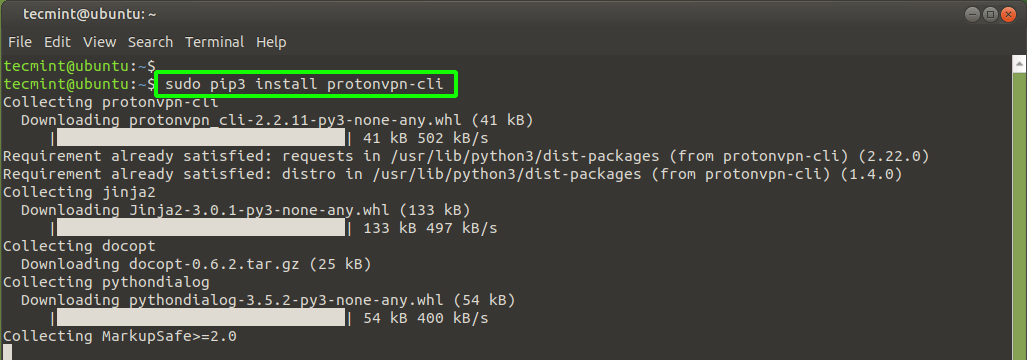

With the appropriate user name, for example , but if it is not, pay attention and change it in the code block below. The first step is to know where the protonvpn command was installed on your system: , or it will fail to start (running as root user does not work on Ubuntu/Debian systems). After you followed the installation instructions on the website, you will need to define a new service, which starts after the network connection has been established. This gives you a lot of control regarding when to run it, how to stop it, etc.

If you want to run something at startup, the best idea is to run it as a service. It gave me a lot of headaches to find a way to run it automatically at startup on my Raspberry Pi. However, this new version is not compatible out-of-the-box with the previous version. Which allows you to connect to the ProtonVPN servers directly. Some months ago they've released an updated version of their

Is a great VPN solution which includes also a free tier. The following steps are based on it and not on the official solution. : ProtonVPN-CLI does not work on a headless Linux installation (Updated: 10-January-2022). In this article I will show you how to configure it to run at startup on Linux machines.


 0 kommentar(er)
0 kommentar(er)
